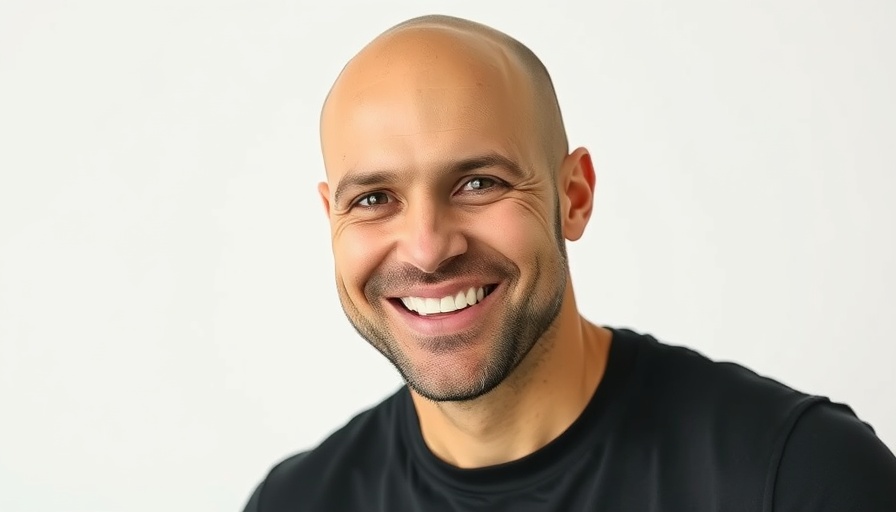
Cluely's Legendary Party Ruined by Law Enforcement
The tech ecosystem in San Francisco is no stranger to a spectacle, but the recent debacle involving startup Cluely achieved legendary status for an entirely different reason. The founder, Roy Lee, intended to host an after-party for the AI Startup School event but found himself in the spotlight for the most infamous party that never occurred.
As beads of anticipation were forming among eager participants drawn to speakers like Sam Altman and Elon Musk, Lee attempted to leverage his startup's unique market positioning—rife with cheeky and controversial marketing strategies. Despite Cluely not being a Y Combinator graduate, Lee's bold advertising attempts led to a viral moment. In a video that captured aura and enthusiasm, he invited people to join him for what promised to be the most legendary party ever. Unfortunately, 'legendary' morphed into chaos very quickly.
Startups and the Art of Viral Marketing
Cluely's reputation as a 'cheater' startup began when they developed AI software to assist with job interviews. An online tool designed to help users conceal their candidacy from interviewers, it quickly turned controversial. The unconventional approach appealed to the market's interest in innovation and disruption, proving that sometimes the line between genius and recklessness can be razor-thin. Within a matter of months, after raising $5.3 million in seed funding, Cluely's calls to help others 'cheat at everything' resonated profoundly. This incident, while humorous, raises questions within the healthcare IT professionals and providers about ethics and innovation in tech.
Understanding the Risks of Startup Culture
The rapid escalation of the party scene surrounding Cluely draws a parallel to other sectors, especially healthcare technology, where innovation must be balanced with responsibility. For healthcare IT professionals, understanding how such an unregulated environment can influence public perception is crucial. This is particularly pertinent in light of regulatory discussions surrounding healthcare innovations, telemedicine, and privacy concerns stemming from AI technologies.
Future Implications for Startup Marketing
Lee’s escapade underscores crucial lessons: while bold marketing can thrust a startup into prominence, it can also backfire. The intersection of humor and recklessness raises warnings about the repercussions of startup culture gone awry. The incident illustrates the balancing act of progress and ethics—a vital dance for healthcare administrators seeking to implement new technologies responsibly while maintaining public trust.
As Lee reflects on what could have been the most remarkable moment in tech history, startups everywhere should take notice. In the age of instant fame or infamy, the stakes of marketing can incur consequences that extend beyond mere reputation. Let's learn from this chaos: ethical implications must follow creativity in tech.
 Add Row
Add Row  Add
Add 




Write A Comment